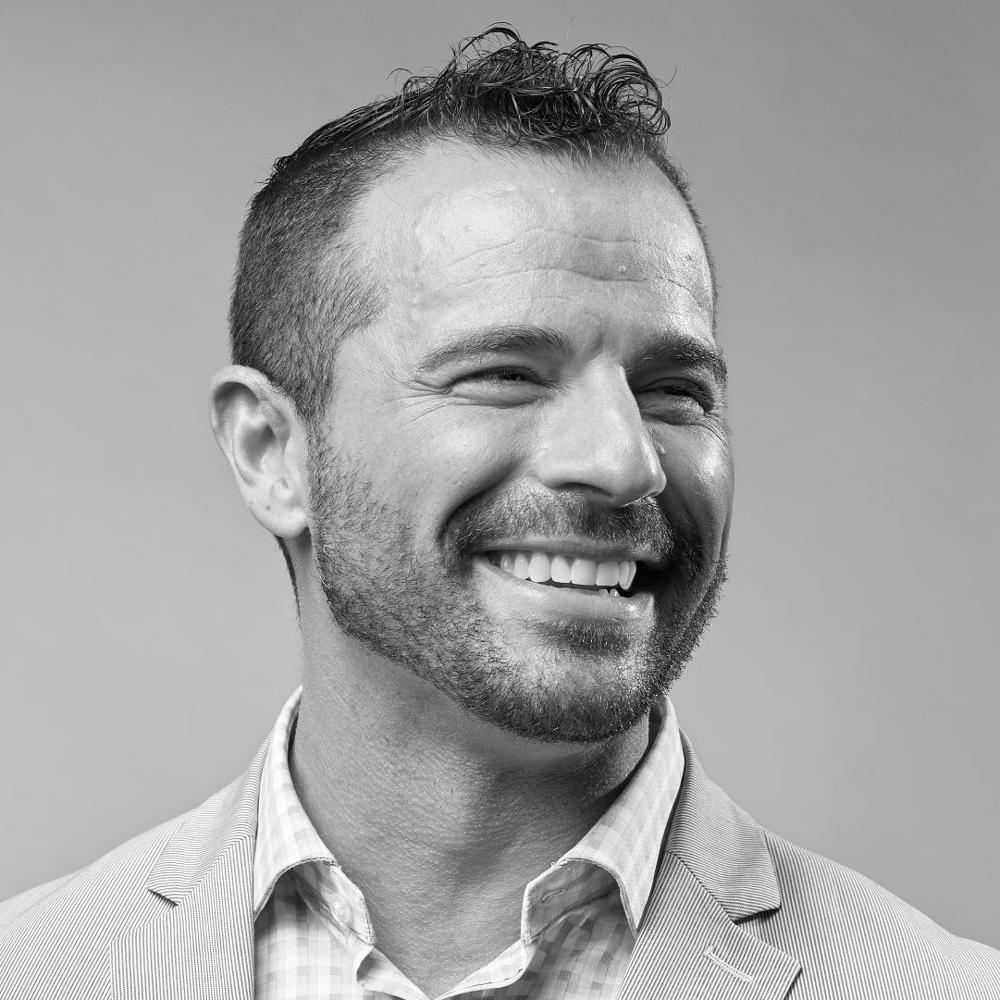Sponsored Content: Tusk Partners
BY Josh Swearingen, Director, M&A, Tusk Partners
“I want a 9X on 1.8MM in EBITDA, 80% cash at close and no earnout!”
“I want an 8X on 550k in EBITDA, 100% cash at close and a 12-month employment agreement.”
I sit back and wonder where it all comes from and how these expectations began. There are many funnels of information that can find their way into the dental population; however, I believe there is a vast chasm between expectations and reality now that must be addressed, and the fault lies everywhere.
Selling in today’s space is a landmine laden playing field that is difficult to successfully traverse while maintaining all the emotional speed bumps that you would imagine selling your life’s work would bring with it. Understanding expectations from both the buyer and seller is critical as is gaining a better understanding of how valuations are driven, and the components that influence valuation.
DSO Valuations – Risk Mitigation and Opportunity for Growth
Fast forward a couple of decades from when valuations were consistently between 70% and 90% of prior year collections, and we have the influx of private capital into the dental space, bringing with it far more complex mechanisms, analytics, and a new term, EBITDA. Essentially a base profitability metric, this now shown a light brightly on those practices that operated efficiently and profitably, vs. those that were just revenue hogs without efficiency. Acquisitions increased at a frenetic pace, as did the thrill of victory for those sellers that rang the bell, and subsequently, the agony of defeat for those that couldn’t. So, how do you as a practice owner plan for your inevitable transition?
Evaluating Risk
It’s important to realize DSO valuations are largely driven by a measure of risk. Here are a few considerations that play heavily into a practice valuation.
1. Provider Risk: Will it be easy to recruit a replacement? Is there significant key-man risk? Will the lead doctor commit to 4 or 5 years post close? All are significant considerations in a DSO transaction, and factor heavily into the valuation they provide.
2. Payor Risk: Heavy PPO involvement can provide a significant amount of upside lift for a large DSO that’s heavily negotiated their reimbursement rates. However, a practice that has a heavy delta premier presence will lose that benefit at re-credentialing with most acquirers, impacting overall profitability. Most buyers shy away from any concentration higher than about 20% or so of Medicaid. Similarly, fee for service can be a warning signal to some buyers, as FFS practices tend to be largely reputation dependent within their local markets.
3. Geography: States that have favorable tax environments, and population growth are valued at a premium, and those experiencing decline simply do not. DSOs want to go where the patients are, and they want practices where the patients are going.
The Good News
There are hundreds of buyers in the dental space, and a few “hot hands” in the acquisition market who are utilizing whatever environmental factors to their advantage to hit growth targets. This can have a muting effect on many of the above factors and finding those golden ticket buyers can alleviate issues. Tusk Partners works with over 200 buyers and finding the optimal partner while maximizing your value at exit is our job. Understanding fluctuations in the industry will go a long way towards ensuring a favorable process for you, your team, and your family!




